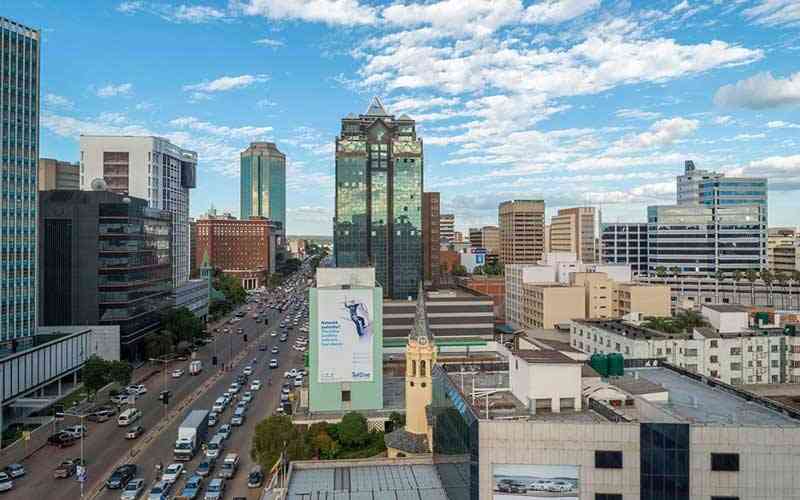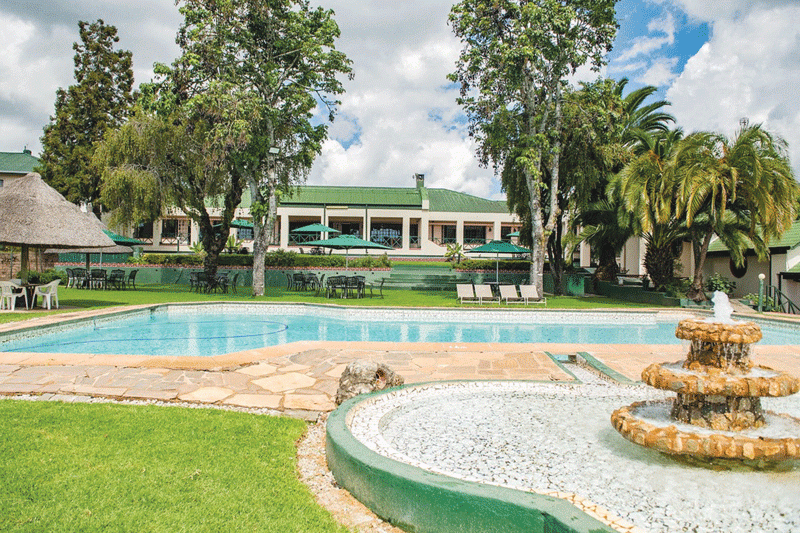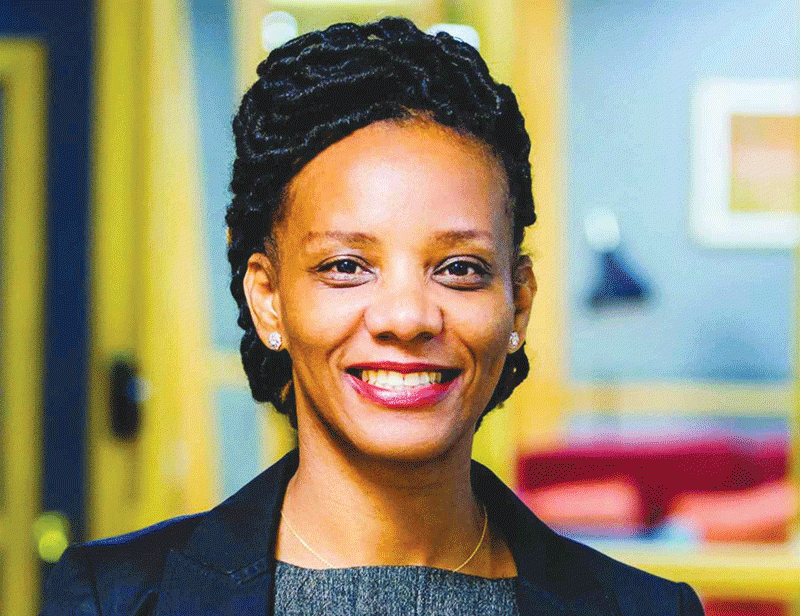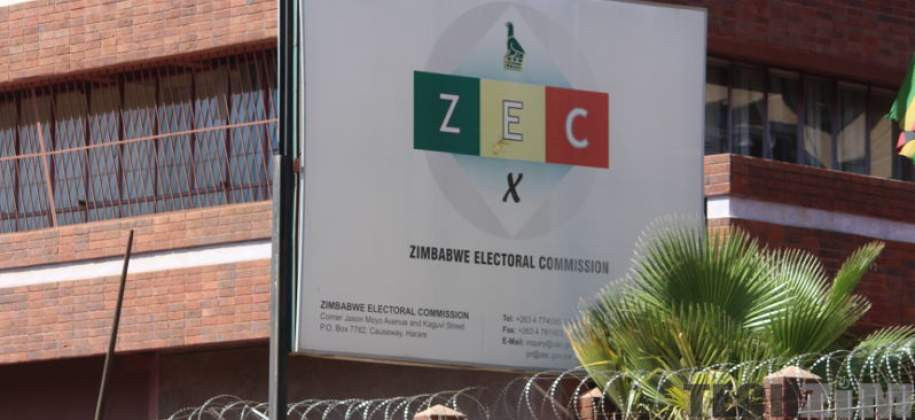
ACCORDING to the 2022 national census, Harare's population has increased from 615 000 in 1980 to1,8 million.
If Chitungwiza and Epworth (which also fall under Harare province) are to be considered, that would mean that the area now has 2.4 million inhabitants.
This means that the region has experienced a four-fold expansion of population since independence. The situation is largely the same for most of the country's other major cities and towns.
Sadly, Zimbabwe's troubled economic situation has curtailed the ability of both central and local government to provide a commensurate growth in public services, such as roads, clean water, electricity, waste management and maintenance of public buildings and natural spaces.
Privately owned properties are also lagging behind and in need of refurbishment.
Due to the growing populations, most Central Business Districts (CBDs) are now overcrowded, noisy, strewn with rubbish and lacking aesthetic appeal.
This also applies to some residential areas within the urban areas, which now have a growing number of slums and unauthorised settlements.
Since 2018, the Ministry of Local Government and the pertinent city councils, have been clear on their plans to revamp the following residential areas; Mbare, Makokoba, Mabutweni, Iminyela, Sakubva, Rimuka, Mbizo and Mucheke, on account of their age and current state. However, no progress has been realised as yet.
- Byo armed robber in court
- Woman jailed 12 years for indecent assault
- Magistrate jailed 3 years for abuse of office
- Zim’s poor batting hands India series
Keep Reading
What constitutes urban renewal?
By definition, urban renewal is a process, which involves the redevelopment of CBDs and urban residential areas, in order to address infrastructural and social decay.
This means that infrastructure will be periodically assessed for safety, efficiency, aesthetic appeal (attractiveness) and relevance to the city authorities' design vision.
Anything, which does not align favourably in this assessment, will be renovated or repossessed by the authorities, whilst the owners are compensated a fair value for their property.
Thereafter, the old infrastructure will be destroyed, whilst new and pertinent buildings are installed. As for residential areas, slums are identified and if need be, they are destroyed, whilst the displaced people are relocated to safe and dignified shelters.
How can the govt make progress?
Since Treasury and local government have limited financial means and are now at risk of losing credibility in their urban regeneration programme, it is advisable that they focus on the revitalisation of the major CBDs, and the most deplorable slums, firstly. Subsequently, they can then afford to expand to other suburbs, which were in their initial plans.
The process can also be done, one building at a time. When the government takes the first steps, urban renewal can eventually become a national philosophy (system of belief), which will attract local financial institutions, diaspora and foreign direct investments to add to the initial developments. If some projects become prominent for their social and economic viability, that will also make foreign credit and public-private partnerships, more accessible.
Methods
There are various ways in which urban regeneration can be carried out. Firstly, if there is space, a new city can be built next to the existing one. This is what the government has earmarked for Mt. Hampden.
If all goes according to plan, some traffic (human and vehicle) will be redirected there, whilst the original Harare CBD would be relieved of some overcrowding pressures.
The challenge with this plan, however, is that it is moving at a slower pace than desired, since Harare CBD is still under immense pressure. Companies, which are presently moving out of Harare's CBD to the city’s northern suburbs, would have chosen Mt. Hampden, if the area had been sufficiently developed. Troublingly, if businesses end up overpopulating the northern suburbs of Harare, they may also cause a town planning catastrophe.
This is because the suburbs were equipped with infrastructure (plumbing, electricity, roads, etc), which is meant to accommodate light residential populations. As a result, there are likely to be more incidences of burst pipes, electrical faults, higher frequencies of accidents and road degradation, etc.
Secondly, old buildings in the current CBDs can be taken over by authorities then razed down. This means that regulators will initially do a research, which identifies abandoned, decrepit, unsafe or old buildings, which do not add to the efficiency of the city's landscape.In order to make the project viable, the cleared site can then be sold to a new developer, who will then build a structure of higher value, which accommodates more businesses and residential apartments.
The developer will make a profit from the extra business units and apartments, which will offer more space than the old building. This means that some old buildings will be replaced by skyscrapers.
Thirdly, trees and vegetation can be added to the city's landscape. According to Abhor Day Foundation, a reputable non-profit organisation dedicated to planting trees, having trees along streets can increase property values by 3% to 15%.
Other buildings may also be razed and replaced with public utilities, such as swimming pools, ice rinks, zoos, botanical gardens, sports arenas and conferencing halls.
Such projects can generate revenue from commercial ticket sales, such as, through hosting domestic premier league sports competitions, for example.
If developers are hesitant to take up, such projects based on feasibility risks, the government may even subsidise them. At first-instance, that may look as though the government would make a loss.
However, the amenities will add to the efficiency of the city, such that the quality of its local and foreign visitors will improve. Resultantly, there will be more valuable economic transactions, whilst the real-estate values will increase, which means that authorities will earn more in taxes, alongside office and residential rentals.
Owners of old buildings can also be allowed to increase the volume (size) of their properties, provided that safety and other requirements are met.
In this case, the "landlords" will search for capable and adequately capitalised private developers, who can add value to the property for their mutual benefit.
Since the government is usually slower in market responses, when compared to the private sector, this method may produce quicker and more impressive results, in some instances.
It is also noteworthy to insist that, along the redevelopment process, relevantmobility infrastructure will be added to the cities. This may be bicycle paths, tramways (for trams), tunnels, fly overs (overpasses), wider roads, and subways (underground railway lines).
Further recommendations
In residential areas, property owners may be encouraged to spruce up their homes. Promotingsmall-scale renovations will lead to an increase in housing prices of the communities. On the other hand, slums, which pose a threat to the well-being of their residents and the surrounding communities, will need to be cleared, whilst the displaced residents are relocated.
This year alone, there have been two outbreaks of cholera in Zimbabwe. Therefore, clearing hazardous slums cannot be an overreaction.
In fact, that would be the right thing to do as the diseases may have their origins in such dwellings.
Vagrants, who reside in the city centre, will need to be relocated and sheltered in the same manner as displaced slum dwellers. It should come without much debate, that this would be perfect for salvaging the dignity of such citizens, whilst improving the CBD environment as crime and other nuisances will be reduced.
Hawkers may be provided with modern, compact stalls, which make transacting more efficient for them and their clients.
However, less of them may be accommodated, when compared to the current numbers in the country's CBDs, as they would cause disorder and become a danger to themselves and other people.
With regards to public passenger vehicles (buses, kombis) it may be in the best interest of local government to provide them with more space for their taxiterminuses.
Additionally, each taxi may be requested to have a vehicle tracker, which is identifiable from the city traffic management system, in order to deter traffic offenses.
Surveillance cameras may also be installed all over the CBDs, so that traffic law violations can be quickly picked up and offenders apprehended.
It should be practicable to offer them a two-year grace-period to comply with such expectations. This may be one of the most effective ways to end the "mshikashika" traffic menace.
Challenges
Urban renewal will have its own costs and disadvantages once pursued. Chiefly, it can take up to billions in US dollars, in order to revamp the look of the country's cities.
To minimise the burden of excessive cost, the nation may choose a pace which is suitable to its funding capabilities. There may also be people, who will strongly disagree to the expropriation (confiscation) of their buildings by the government.
This should typically be more contentious with structures of sentimental and spiritual significance, such as churches, mosques, cemeteries, etc.
Additionally, displaced slum dwellers, who may not be provided with new housing by the government are likely to be disagreeable. Moreover, if the urban renewal process does not address the root-causes for the existence of slums, such a poverty and low economic development, more slums will continue to emerge elsewhere.
Conclusion
Zimbabwe's cities are in desperate need of a revamp. The current state of urban degradation is not conducive for attracting investors, tourists and high-income locals.
Automatically, this translates to depressed economic activity and a cycle of poverty, which will be harder for the residents of the deprived spaces to escape.
Under such conditions, there are also risks of increased crime cases and immorality. On the other hand, reversal of the decay will also attract investors and high-value locals back into the city centres.
Failure to attend to revitalisation issues timeously, may also result in the continuation of backward diseases, such as cholera. If superior human development is a desirable outcome, the government will need to take up its responsibility to renew the country's landscape.
It may be that, the ambitions, values and capabilities of citizens, are as good as their environment.
In that regard, urban renewal should be viewed as a matter of chief importance.
- Tutani is an entrepreneur, political economy analyst — [email protected].











